Why you can trust TechRadar
On the whole images look very good straight from the Ricoh GR. In the most part they are well exposed, have natural colours and plenty of detail. The amount of detail captured by the Ricoh GR's raw files is especially remarkable, and few experienced photographers will fail to be impressed when they see the results at 100% on the screen. It's on a par with a DSLR with a good lens mounted.
JPEGs from the Ricoh GR are also good, but they are a little bit softer at 100% than the simultaneously captured raw files. As usual, the images become softer as the sensitivity climbs towards the ISO 25,600 maximum.
Noise is well controlled and only really becomes visible at 100% on the screen in images taken at ISO 1600 and above. There's not much in the way of chroma noise in raw and JPEG files, and the luminance noise in raw images has a fine, granular texture. It's the removal of this texture that causes the softening and slight smudging of detail in high-sensitivity JPEG files.
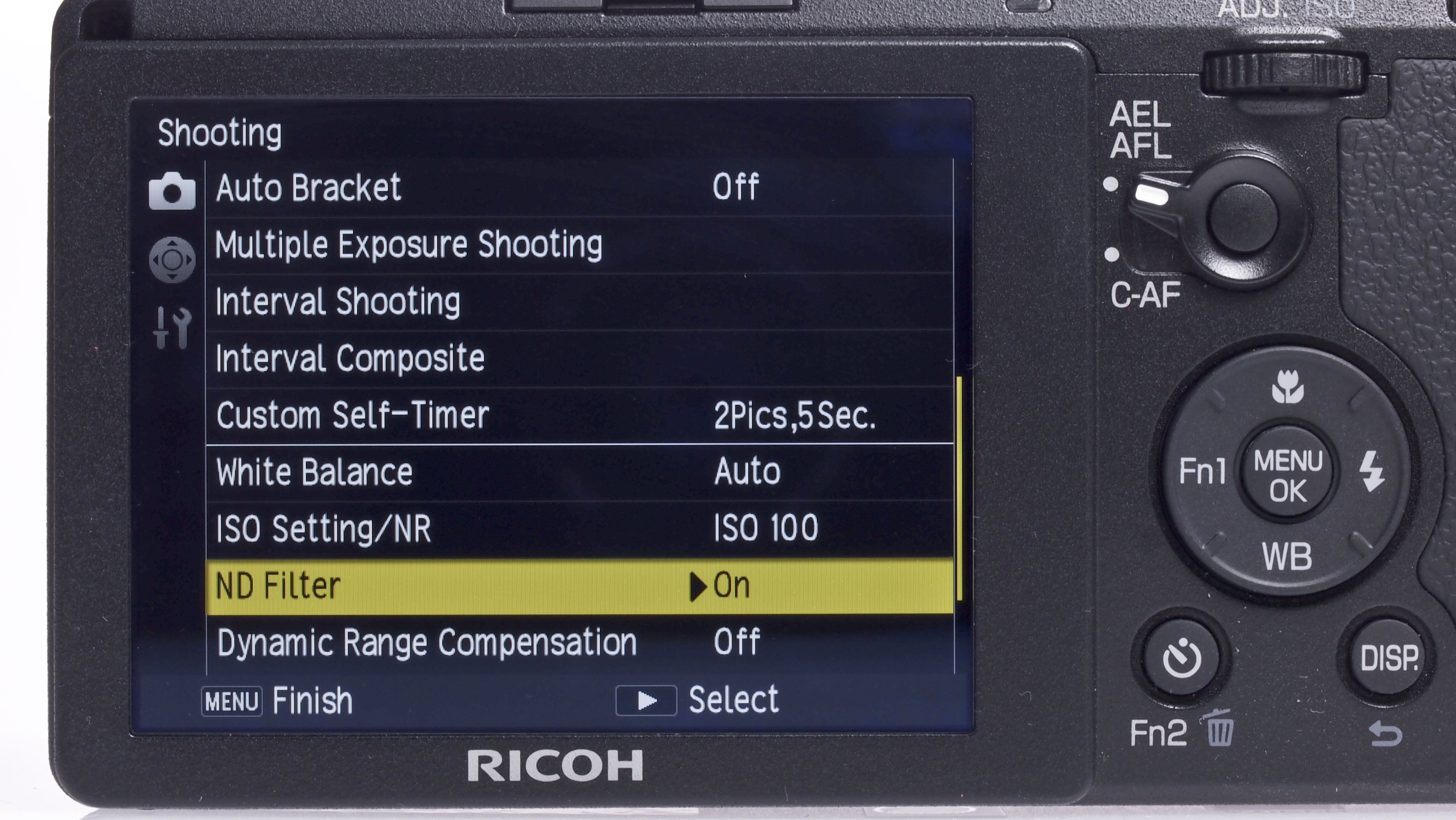
Where possible we would shoot raw files, or raw and JPEG files simultaneously, for the greater detail and bespoke control over noise in post-processing. Images taken at ISO 25,600 have a granular texture visible at A3 (16.5 x 11.7 inches) size, colour saturation is reduced and the shadows have a magenta cast. Better lit areas look good, but a very high sensitivity setting is unnecessary if the scene is well-lit. That said, the ISO 25,600 raw files make great monochrome images.
As a general rule, however, whether shooting raw or JPEG files, we recommend keeping the sensitivity below ISO 12,800 where possible and reserving the top value (ISO 25,600) for emergencies only.
Helpfully, there's an Auto-Hi sensitivity option in which the maximum sensitivity setting can be specified via the set-up menu. This makes it possible to leave the camera to select the ISO speed without the risk of the top options being used if you want. There's also an Auto option in which the camera will set the sensitivity in the range ISO 100-800.
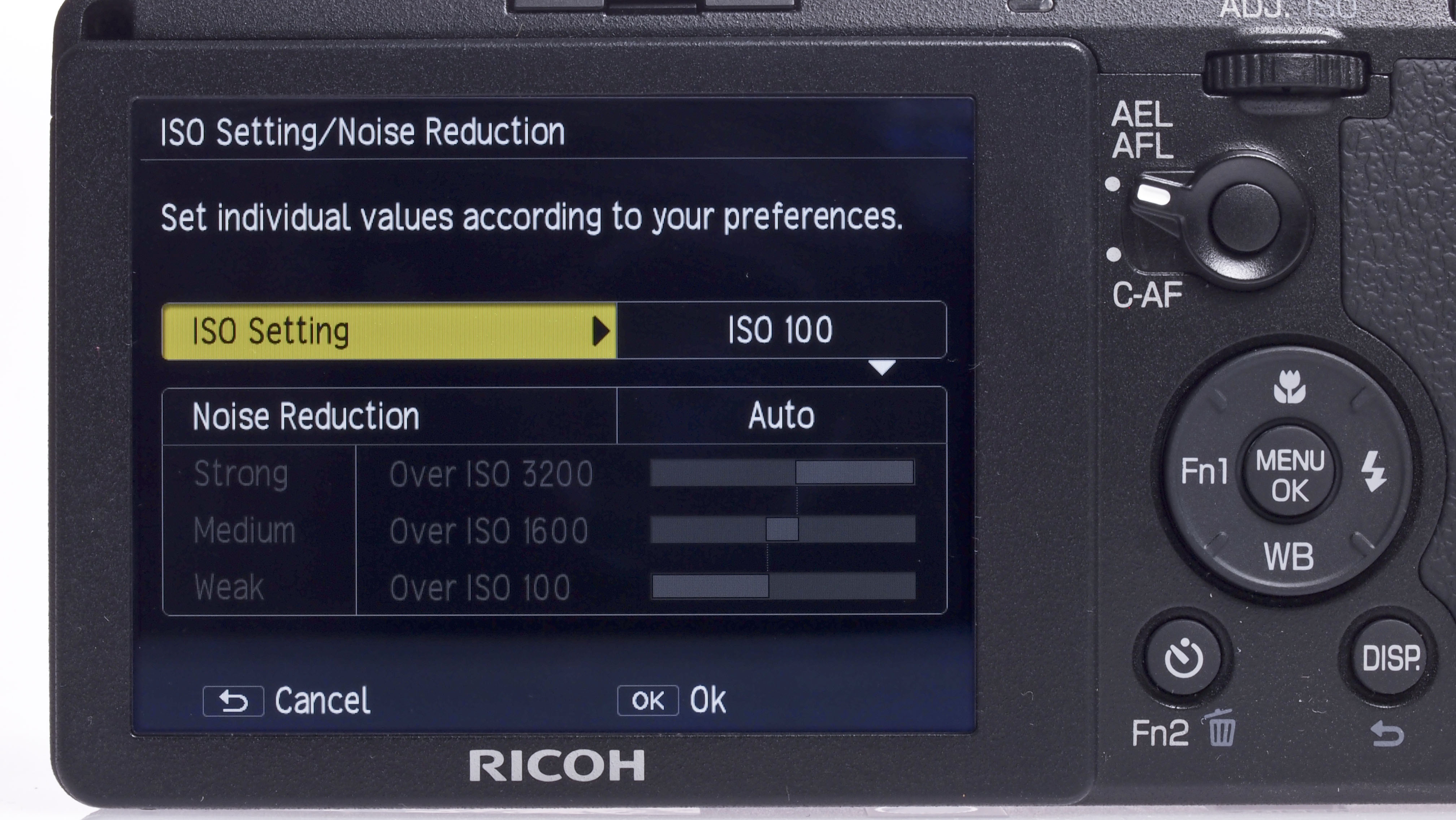
In the past, some of Ricoh's digital cameras have suffered with long writing times, and after a brief experience with a pre-production sample of the GR we were worried that this would be the case with the new model.
Sign up for breaking news, reviews, opinion, top tech deals, and more.
Happily, we found that there's very little waiting around for the Ricoh GR to clear the buffer and write to the memory card, even when shooting raw and JPEG files simultaneously. When a relatively slow card is installed you might see the 'busy' indicator flash up very briefly, but with a Class 10 SD SanDisk Extreme SDHC card installed it's not an issue.
Throughout the majority of this test we shot with the Ricoh GR set to its Multi metering option. This is the default option and the camera draws information from 848 areas within the frame. We found that this performs very well in a wide range of situations, although naturally it isn't 100% foolproof and there are occasions when the exposure compensation facility is required.
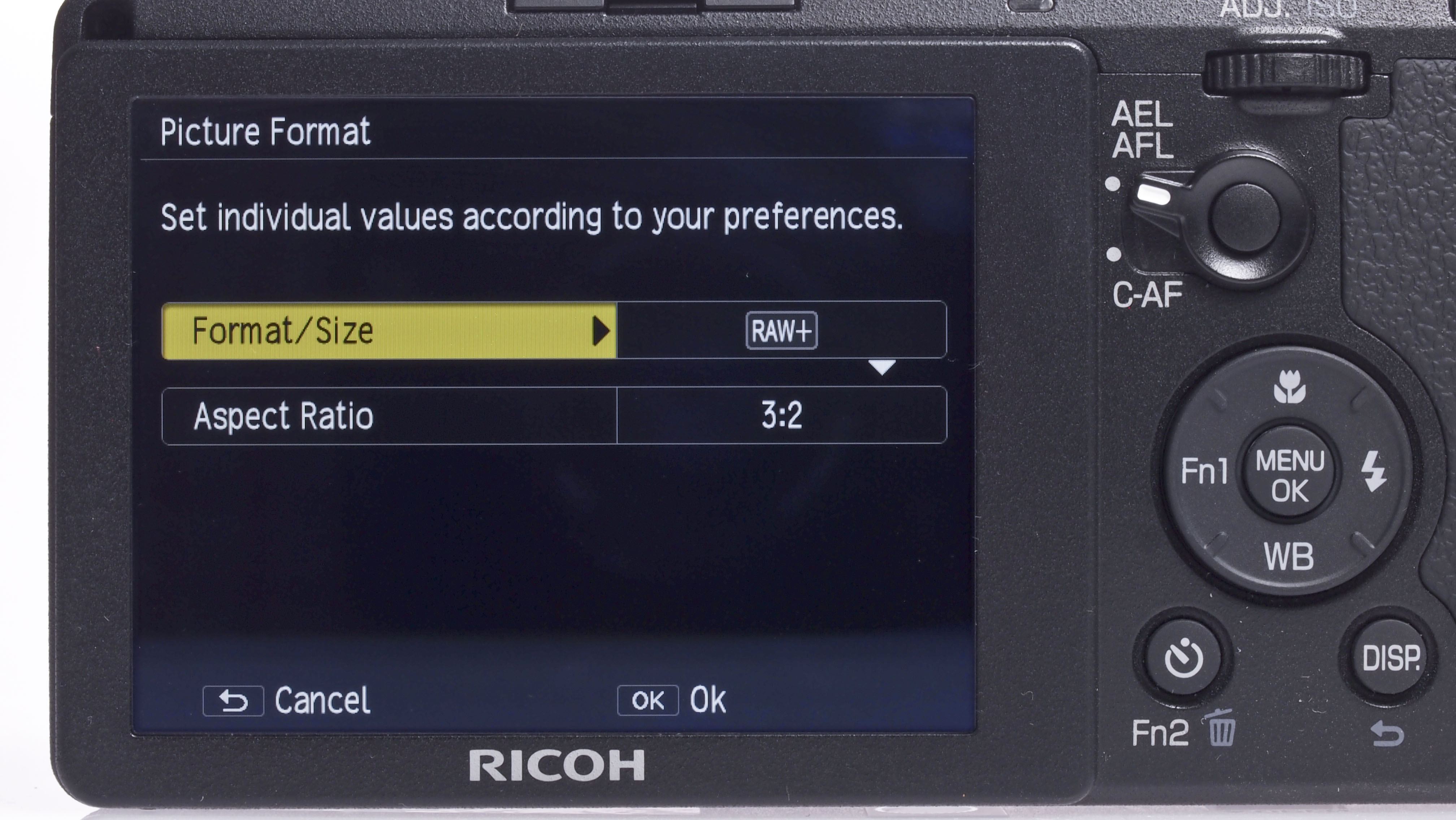
There were also a few occasions when the Ricoh GR's metering delivered a correctly exposed image when we might reasonably have expected it to underexpose. When shooting a landscape with a light, chalky field under a bright, overcast sky, for example, we might have expected the camera to produce a dark image, but it coped remarkably well.
Because it's a compact camera, the Ricoh GR uses a contrast detection autofocus system, and it performs very well even in quite low light. The only times we experienced any difficulty in achieving focus was when shooting a subject behind glass in gloomy conditions, and when the subject was approaching the closest focusing point and the macro option needed to be engaged. It's a shame that the macro focusing facility can't be activated automatically.
We found Pinpoint AF mode was the best option for most situations as this allows you to pick a precise spot on which to focus. However, Snap focus, in which the lens is set to a specific focus distance was useful on occasion - for example when shooting very low down when the AF point was tricky to see on the screen.
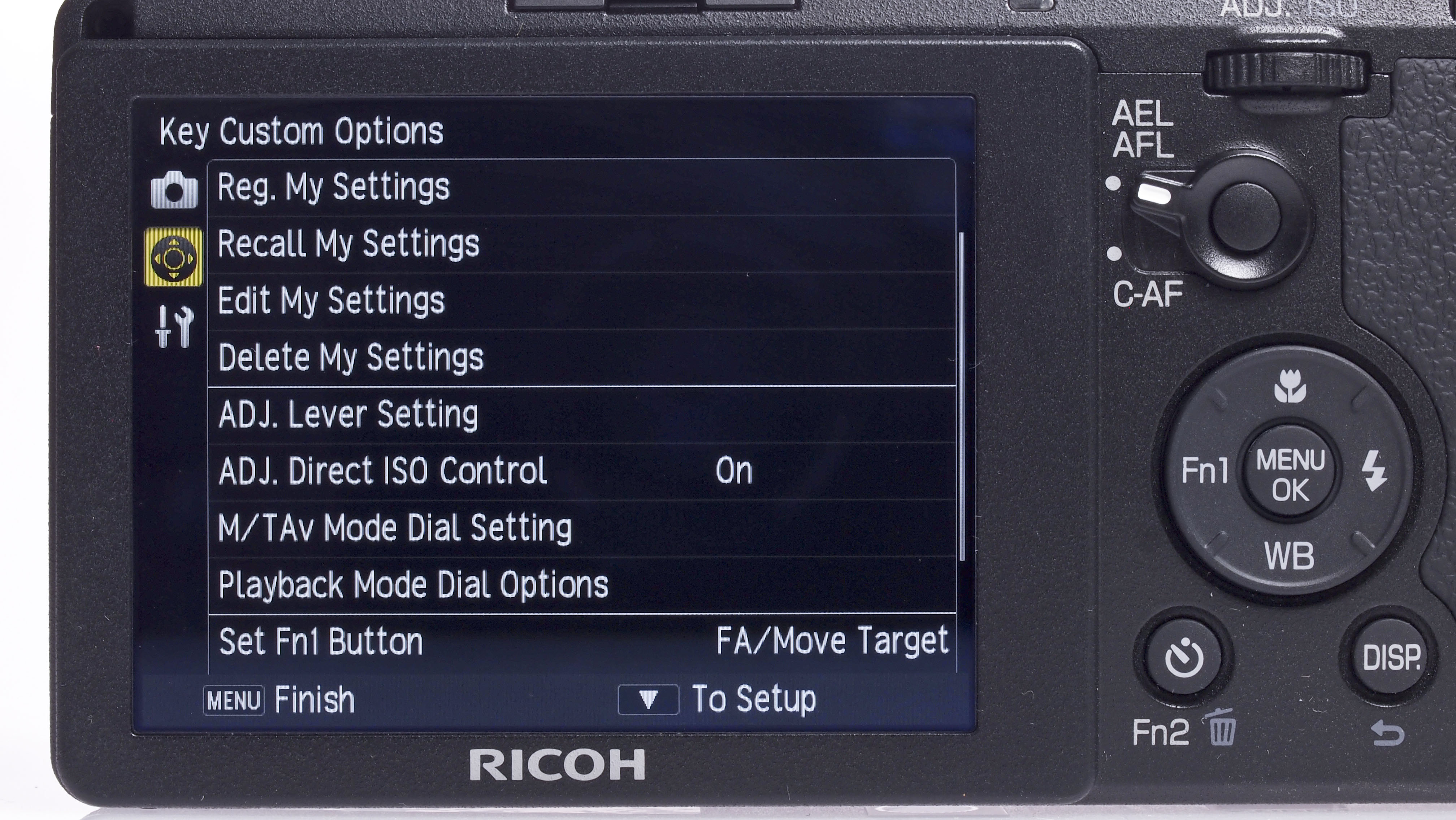
In most situations the Ricoh GR's automatic white balance system delivers natural-looking results, but in late afternoon light the Outdoor option produces slightly warmer images that match the scene more closely. But there's not a huge amount in it, and if you shoot raw files they are very easily tweaked.
We used the standard image setting during much of this test, and it produces images with pleasant colours that match the original scene well. If you want to give colours a boost the Vivid option is available, or you can specify the Vividness (saturation), Contrast, Sharpness and Vignetting control to your preferred values and save them for use whenever you want.
There are also a number of Effects (Black and White, Toned Black and White, High Contrast Black and White, Cross Process, Positive Film, Bleach Bypass, Retro, Miniaturize and High Key) that can be applied to JPEG images as they are shot. These produce some interesting results, and if you shoot raw and JPEG files simultaneously you have a clean version of the image without the effect as well as the one with the effect.
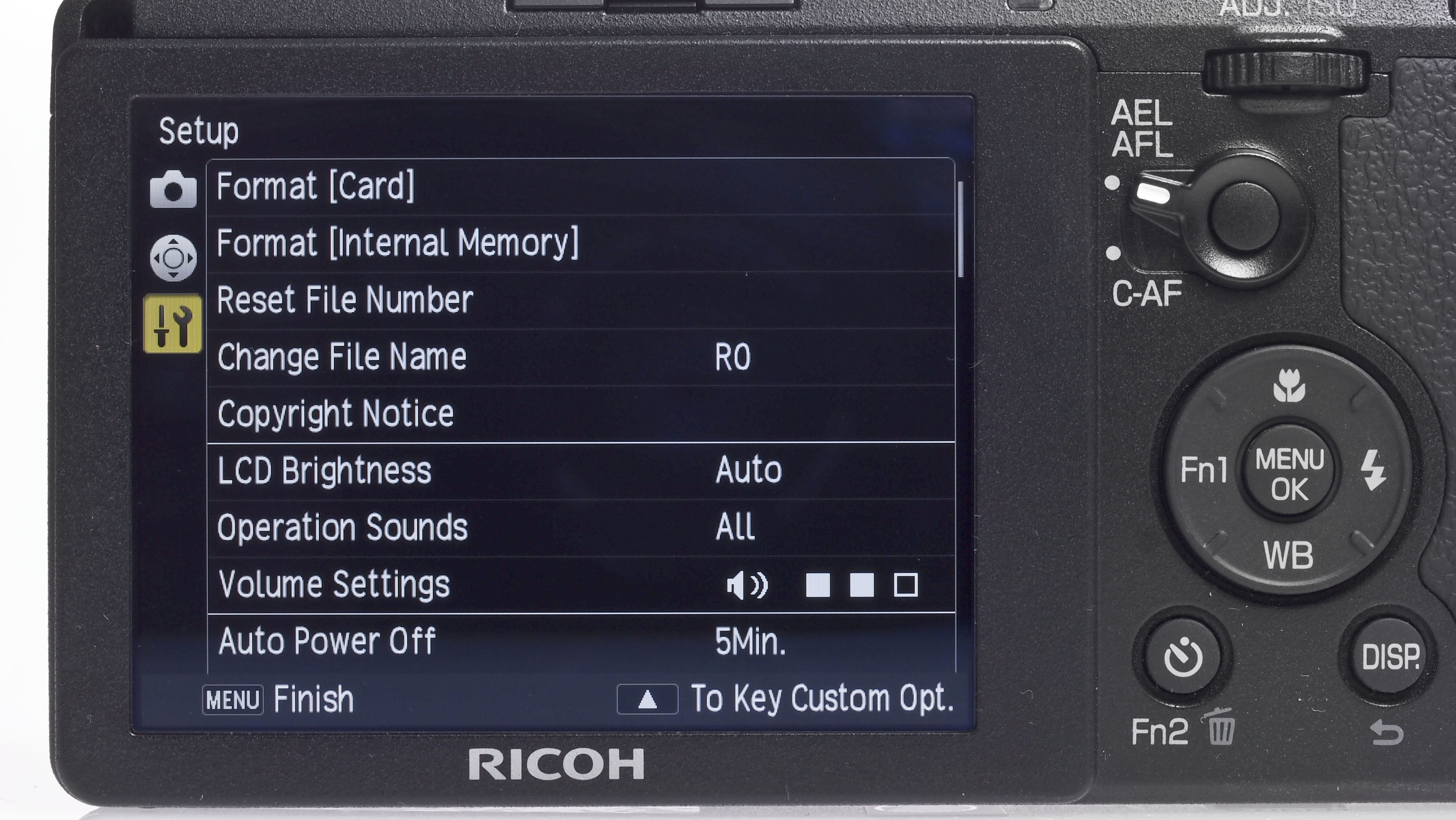
Ricoh has a reputation for building high quality optics, and it prides itself in matching them to the sensors in its cameras to get the best performance possible. This was the justification for the GXR's off-the-wall design that saw the camera body accept interchangeable lens and sensor units, with some having APS-C format sensors and others smaller compact camera-sized sensors.
The same care and attention appears to have been continued into the 18.3mm f/2.8 lens on the Ricoh GR, since there's little sign of distortion of straight lines, vignetting is very well controlled even at f/2.8 and detail reproduction extends into the corners of the frame. You'll also only find chromatic aberration if you really go looking for it.
We are also pleased to report that the Ricoh GR's battery life is good. We found we were able to take over 500 shots in raw and JPEG format (giving over 1,000 images in total) with plenty of reviewing and experimentation with settings before the battery died.
